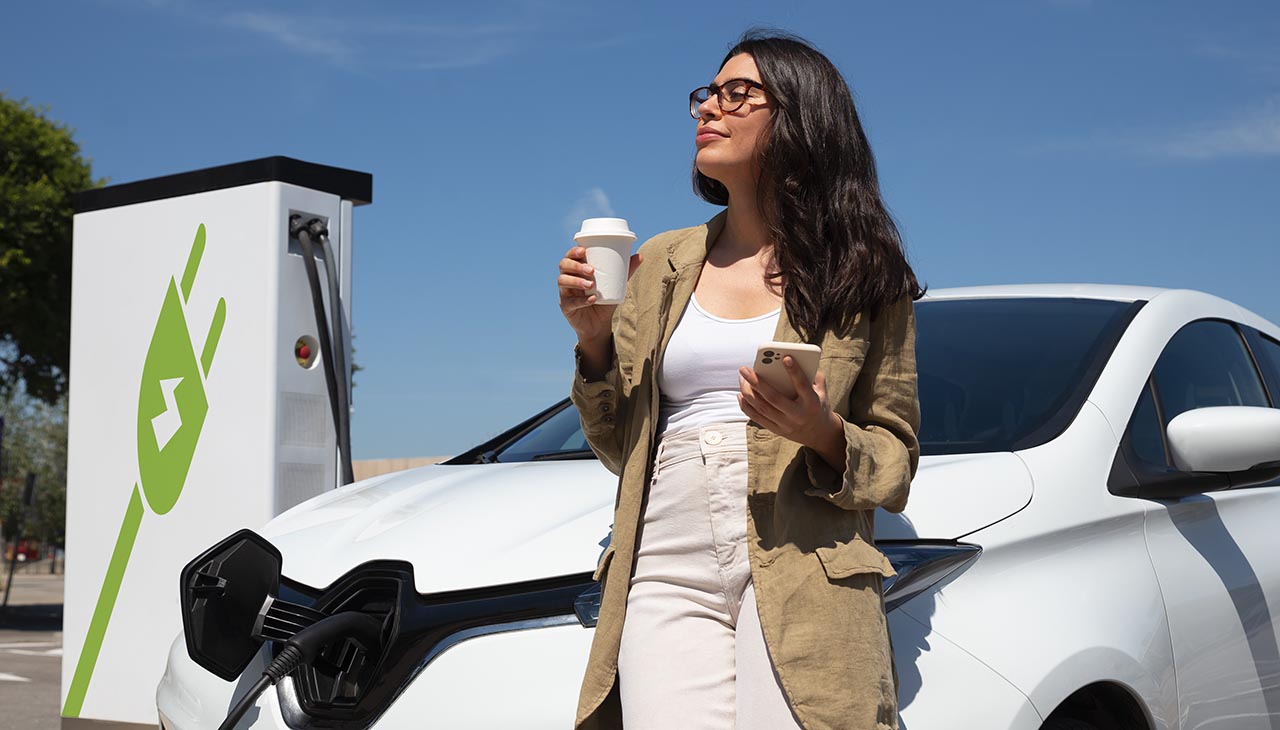Introduction
In recent years, the automotive landscape has been rapidly shifting. Hybrid and electric vehicles (EVs) are no longer just concepts of the future; they’re becoming the present reality for many eco-conscious consumers and car enthusiasts. This blog post will explore the benefits and considerations of switching to hybrid and electric cars, providing valuable insights for those looking to make a greener, more technologically advanced choice.
Benefits of Hybrid and Electric Vehicles
Environmental Impact
One of the most compelling reasons to switch to a hybrid or electric vehicle is their positive environmental impact. Traditional gas-powered cars contribute significantly to greenhouse gas emissions, which exacerbate climate change. In contrast, hybrid and electric cars produce much lower emissions or, in the case of fully electric vehicles, none at all. By reducing our carbon footprint, we can collectively make a significant difference in combating global warming and preserving the planet for future generations.
Economic Savings
Another major benefit is the economic savings that come with hybrid and electric vehicles. Although they often come with a higher upfront cost, the long-term savings can be substantial. Electric vehicles, for example, have lower fueling costs since electricity is cheaper than gasoline. Additionally, both hybrid and electric vehicles usually require less maintenance due to fewer moving parts. This translates to fewer trips to the mechanic and lower overall maintenance costs.
Performance and Technology Advancements
Hybrid and electric vehicles are at the forefront of automotive technology. These cars often come equipped with advanced features such as regenerative braking, which recycles energy to charge the battery, and sophisticated infotainment systems that enhance the driving experience. Furthermore, electric motors provide instant torque, making these vehicles incredibly responsive and smooth to drive. Innovations in battery technology also mean that electric cars can now travel further on a single charge, making them more practical for everyday use.
Considerations Before Switching
Infrastructure
Before making the switch, it’s essential to consider the availability of charging infrastructure. While the number of charging stations is growing, they are still not as ubiquitous as gas stations. This can be a concern, especially for those who frequently travel long distances or live in areas with limited charging options. It’s crucial to research the availability of charging stations in your area and along your regular routes to ensure a smooth transition to an electric vehicle.
Range Anxiety
Range anxiety, or the fear that an electric vehicle will run out of power before reaching a charging station, is a common concern among potential buyers. Understanding the driving range of your chosen vehicle and planning your trips accordingly can alleviate this worry. Modern electric vehicles typically offer ranges between 150 and 300 miles on a single charge, which is sufficient for most daily commutes and short trips. However, for longer journeys, it’s important to plan ahead and locate charging stations along your route.
Initial Cost vs. Long-term Savings
While hybrid and electric vehicles can save money in the long run, their initial cost can be a barrier for some consumers. It’s important to weigh the higher purchase price against the long-term savings on fuel and maintenance. Additionally, many governments offer incentives such as tax credits and rebates to offset the initial cost, making these vehicles more affordable. By doing thorough research and crunching the numbers, you can determine if a hybrid or electric vehicle is a financially viable option for you.
The Future of Electric and Hybrid Vehicles
Trends in Technology and Innovation
The future of hybrid and electric vehicles looks promising, with continuous advancements in technology and innovation. Battery technology is improving rapidly, resulting in longer ranges and shorter charging times. Autonomous driving features are also being integrated into these vehicles, offering a glimpse into a future where cars drive themselves. These technological trends are making hybrid and electric vehicles more efficient, convenient, and appealing to a broader audience.
Government Incentives and Environmental Policies
Governments around the world are recognizing the importance of reducing carbon emissions and are implementing policies to encourage the adoption of hybrid and electric vehicles. These policies include incentives such as tax credits, rebates, and grants for purchasing green vehicles. Additionally, some regions are introducing stricter emissions regulations and setting ambitious targets for phasing out fossil fuel-powered vehicles. These government initiatives are playing a crucial role in accelerating the transition to a more sustainable automotive industry.
Predictions for Future Adoption Rates
The adoption rate of hybrid and electric vehicles is expected to rise significantly in the coming years. According to industry analysts, the global electric vehicle market is projected to grow at a compound annual growth rate (CAGR) of over 20% from 2021 to 2028. This growth is driven by increasing consumer awareness of environmental issues, advancements in technology, and supportive government policies. As more automakers invest in electric vehicle production and expand their model offerings, it is likely that electric and hybrid cars will become a common sight on our roads.
Conclusion
The shift towards hybrid and electric vehicles is not just a trend; it’s a movement towards a more sustainable and technologically advanced future. By understanding the benefits and considerations, eco-conscious consumers and car enthusiasts can make informed decisions about whether these vehicles are right for them. The future of transportation is electric, and by joining this movement, we can all contribute to a cleaner, greener planet.
If you’re considering making the switch, take the time to explore your options, understand the technology, and evaluate your needs. The benefits are clear, and the future is bright for those who choose to drive hybrid and electric vehicles. Let’s accelerate towards a sustainable future together.

